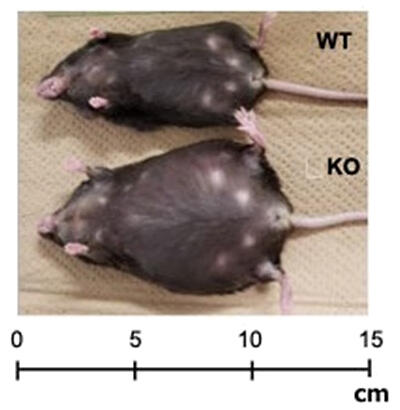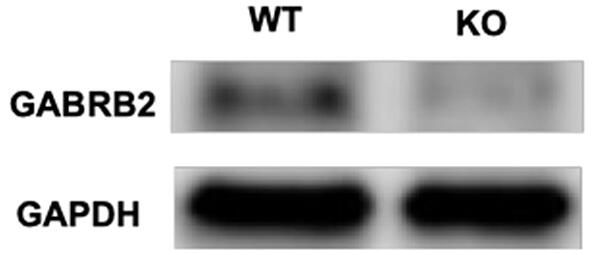A research group led by Professor Emeritus Fumitoshi Ishino and Yoshifumi Fujioka (currently RIKEN Special Postdoctoral Researcher) of the Institute of Science Tokyo, and Visiting Professor Tomoko Kaneko-Ishino of Tokai University, in collaboration with the University of Yamanashi and RIKEN, has announced their research results showing that the retrovirus-derived genes Rtl8a and Rtl8b are associated with adult-onset obesity, reduced locomotive activity, decreased social responses, and depression-like symptoms. This discovery was made by analyzing knockout (KO) mice for both genes. Since the symptoms of the KO mice were similar to features of patients with late Prader-Willi syndrome (PWS) and the human Rtl8a gene is a target of the region responsible for PWS, the KO mice are expected to be useful as model mice for understanding the pathogenic mechanism and developing therapeutic agents. The results were published in the international journal Open Biology on January 29.

Provided by Science Tokyo
The mammalian genomes contain genes derived from viruses that infected ancestors of mammals during evolution. Through these mutations, such genes have come into use as genes with new functions, and their involvement in various physiological phenomena is being revealed.
The retrovirus-derived Rtl8a, Rtl8b, and Rtl8c genes are three homologous genes with similar functions, forming a cluster on the X chromosome. These genes are found specifically in placental mammals. Meanwhile, their functions have remained unknown.
The research group has previously shown that PEG10, a mammalian-specific virus-derived gene, has a function essential for the formation of the placenta. They also have created mice lacking Rtl8c, but no notable abnormalities have been observed. In this study, mice lacking the Rtl8a and Rtl8b genes (KO mice) were created and analyzed. As a result, the KO mice became obese from adulthood and showed abnormalities such as decreased activity and social responses and depression-like behavior. Rtl8a and Rtl8b proteins are expressed in the prefrontal cortex and hypothalamus in the brain. Thus, the abnormalities in the KO mice were considered to be due to dysfunction of this brain region. Furthermore, genetic analysis in the prefrontal cortex of KO mice revealed decreased expression of GABRB2, a receptor for the inhibitory neurotransmitter γ-aminobutyric acid associated with neurological diseases.

Provided by Science Tokyo
PWS is a designated intractable disease and is not inherited in most cases. It is caused by maternal duplication of a certain region on chromosome 15. Furthermore, it causes inadequate development early on. Late-onset symptoms of PWS include obesity and characteristic behavioral abnormalities.
Recently, overexpression of the RTL8 protein has been reported in Angelman syndrome (AS). AS is known to be caused by paternal duplication of the same chromosomal region as PWS and mutations in the maternal-expressed UBE3A gene in that region. The RTL8 protein is a target of UBE3A, and reduced expression of RTL8 is predicted in PWS. As the symptoms of the KO mice were similar to those of PWS patients and the human Rtl8a gene is a target of the region responsible for PWS, the KO mice could be useful as PWS model mice.
Until now, there has been no PWS model mouse that combines the conditions. Ishino said, "No one has previously considered the possibility that the RTL8 gene is responsible for human PWS. However, the present experiments suggest that this is highly likely the case. Moving forward, we will study whether the RTL8 gene is mutated or deleted in actual PWS patients. Moreover, although virus-derived sequences have been ignored as junk thus far, there might be more virus-derived sequences related to human diseases, and we are interested in exploring such sequences."
Journal Information
Publication: Open Biology
Title: Targeting of retrovirus-derived Rtl8a/8b causes late-onset obesity, reduced social response and increased apathy-like behaviour
DOI: 10.1098/rsob.240279
This article has been translated by JST with permission from The Science News Ltd. (https://sci-news.co.jp/). Unauthorized reproduction of the article and photographs is prohibited.




